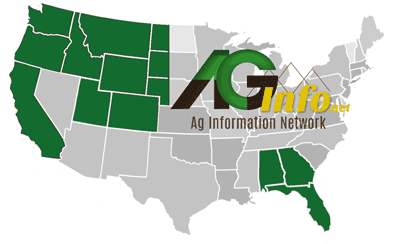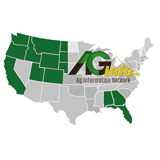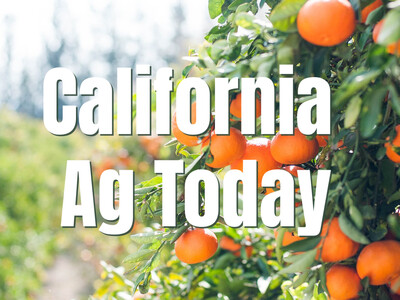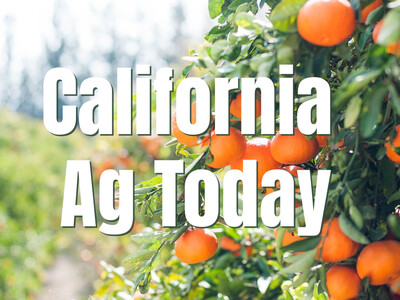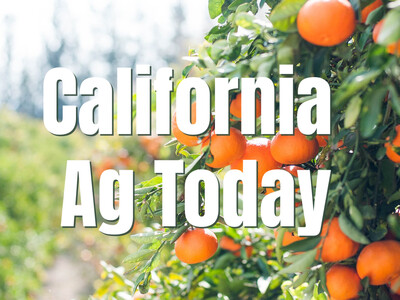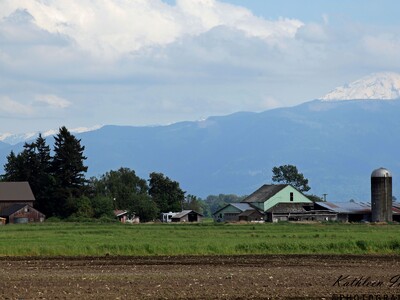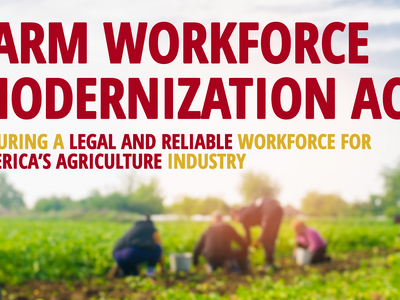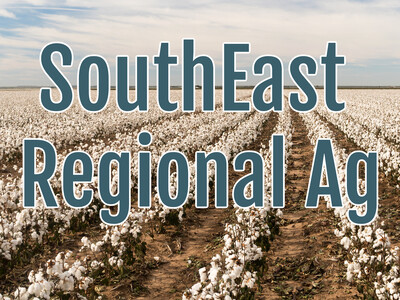Mandates vs. Margins: California’s Organic Farming Crossroads
California has made a bold move to fight climate change—expanding organic agriculture. But farmers say the reality is more complicated.As reported by Ag Alert from the California Farm Bureau, Assembly Bill 1757—signed into law in 2022—requires 10% of the state’s cropland to be certified organic by 2030, 15% by 2038, and 20% by 2045. But acreage is trending the opposite direction. In 2022, just 1.8 million acres were certified organic—down from nearly 2.2 million in 2020, now just 7.4% of California’s cropland and rangeland.
Farmers point to shrinking premiums, steep certification costs, and a three-year transition process that makes going organic a tough sell. Some face disease pressures and limited tools under organic rules. Others have shifted to “green” labels like regenerative or sustainable, which don’t count toward state goals.
Yolo County farmer Jim Durst says profit margin—not policy—will drive adoption: “If growers feel like they can get a fair price for the extra expense, they’ll do it.”
For the full story, visit www.agalert.com.
